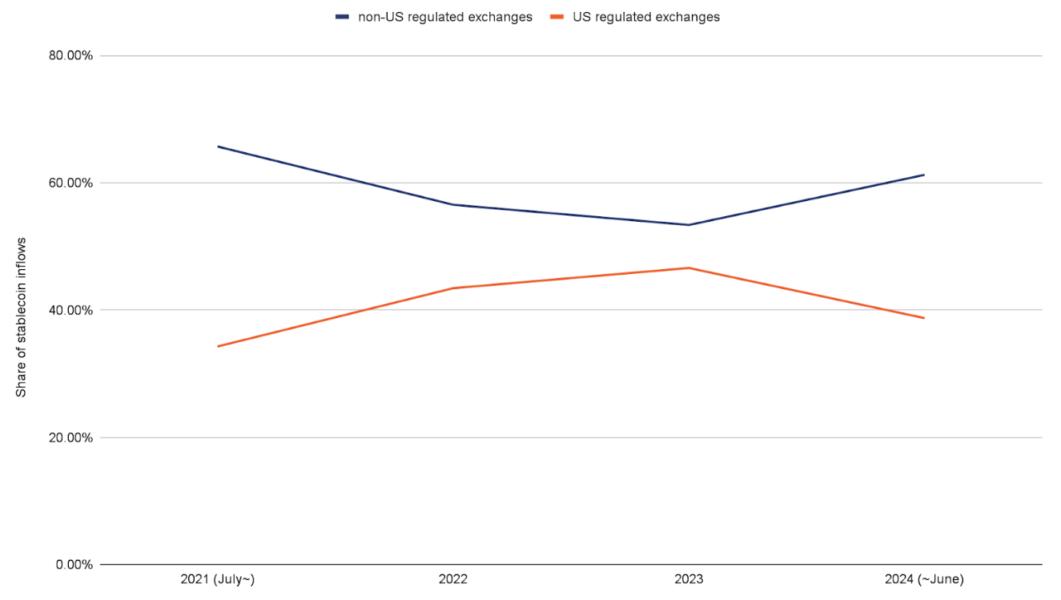
The crypto derivatives exchange has partnered with Circle to expand its suite of USDC offerings; traders will also have access to auto conversions between the stablecoin and U.S. dollars.
Crypto derivatives exchange Bybit has partnered with stablecoin issuer Circle Internet Financial to expand its suite of spot trading pairs denominated in USD Coin (USDC) — a move the company says will increase retail and institutional access to USDC-settled products.
Under the partnership agreement, Bybit will expand its USDC spot pairs to include several additional cryptocurrencies and make auto conversions between the United States dollar and USDC available, the company disclosed Wednesday. Bybit said it intends to collaborate with Circle on other initiatives to boost stablecoin and crypto adoption.
Currently, Bybit supports around 35 USDC spot pairs, according to a Circle representative.
A major U.S. investment bank eyes the crypto derivatives market.
— Cointelegraph (@Cointelegraph) June 1, 2022
Goldman Sachs is reportedly trying to onboard some of its derivatives products into @FTX_Official crypto derivatives offerings. https://t.co/c0467Knv9U
(Reporting via @_prashantjha)
Bybit began offering USDC options and perpetual contracts in April of this year, giving traders more ways to hedge against movements in the spot market. At the time, Bybit CEO Ben Zhou told Cointelegraph that the options rollout was in response to growing user demand. On Wednesday, Zhou said the launch of USDC options had been a success and that Bybit was looking to “further develop our working relationship with Circle.”
In addition to USDC options, Bybit plans to make Ether (ETH) and Solana (SOL) options available to traders soon.
Related: Bitcoin derivatives show a lack of confidence from bulls
Circle’s USDC is the world’s second-largest stablecoin with a market capitalization of $52.3 billion, according to CoinMarketCap. Only Tether’s USDT commands more market penetration with a $67.6 billion market cap.
Circle released a full breakdown of its USDC reserves in July for the period ending June 30, 2022. At the time, about 75.6% of its backing was in short-term U.S. Treasury bills. The remainder of its position was in cash deposits at domestic banks.





